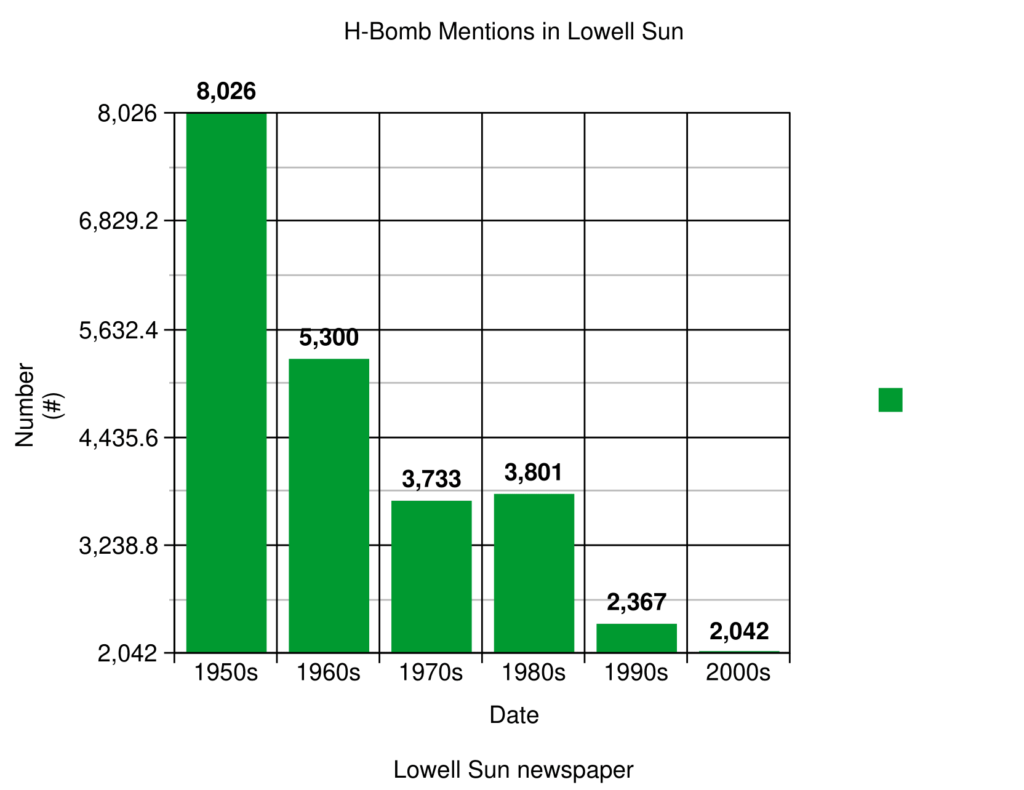Science
As a young boy, I was fascinated by the fact that sunlight apparently makes trees, bushes, flowers, grass, moss, and other plant life come alive again after a long winter of glacial conditions that had sent pigeons, crows, sparrows, some hawks all flying south in late autumn. How did this beautiful blossoming happen every spring without fail? My own parents plus my aunts, uncles, grandparents and neighbors all knew about this natural wonder of spring, but were they amateur scientists/engineers at heart? Had they learned important lessons about Nature and farm machinery that made them excellent candidates for working in the textile and leather mills of New England?
Drafty Farmhouses with Cows, Chickens, Potatoes, Horse-drawn Wooden Plows to 60 Hour-Weeks in the Mills
It turns out that all of my relatives on the Bolduc and the Charbonneau sides of the family had experienced a farming environment sometime in their early lives before escaping the harsh and rugged, Quebec countryside and managing to find a source of meager existence as low-wage, low-skilled, hard-working, textile-mill employees.
Towns like Biddeford, ME; Manchester, NH; Nashua, NH; Lowell, MA and Woonsocket, RI had eagerly welcomed tens of thousands of poorly schooled, mostly ignorant, destitute and financially crippled persons – often parents with several children to fed and house – as willing “mill-rats” also known as “operatives”to work 10 to 12 hour days in huge, multi-story factories filled with hot and humid air plus clanking machinery with hundreds of pulleys, levers, bobbins everywhere and puffs of cotton dust that clogged the lung capacities of the workers.
The work environment was certainly not as pleasant as that often described today on the Internet as an ideal place of work found in a Google or Microsoft development workspace. Work in these textile and leather factories was boring, repetitious, back-breaking and dangerous. Only desperate people with no alternative source of earning a dollar would submit to such a near-slave situation. Mother Nature, coupled to the existing, industrial capitalism had much to teach immigrants arriving in droves to enjoy the expansive, domestic well-being of those seeking to reach the “American dream”.
But, life may not always be fair and equitable as my relatives discovered the hard way. Other desperate wage-earners with family roots in Ireland, Greece, Poland, Lithuania, Portugal, Belgium, Russia, etc. also experienced similar harsh realities in the booming, textile manufacturing economies distributed along the banks of the Merrimack River.
Day-to-Day Experiences: Shaping the Way to a Better Life
Even as a twelve-year-old student at Saint-Louis de France elementary school and a modestly successful Lowell Sun newsboy (revenue = $3.50 per week), an independent, self-employed distributor of news, ads and entertainment, I struggled with the true meaning of life in our “free enterprise, post-war” economy after the Bretton Woods Accord. Of course, the finer details of this international agreement were above my head, but the Roosevelt/Truman administrations endorsed this accord regulating trade among the former allied nations that had previously been aligned against the Axis Powers.
Free enterprise sounded like a worthy guiding spirit for “all Americans with some skin in the game” and as an entrepreneur of sorts, my roll might be to strengthen the economy through technological innovations. Maybe, the time had come to put aside a secret dream of becoming another William Randolph Hearst in the newspaper business. But, what was happening on the American scene in the mid-1950s that showed promise of an exciting career in technology? Communications, radio, television, plastics, highway construction, industrial chemistry and aeronautical engineering were areas of major development after World War Two.
Maybe, there might be an interesting future for me and many other boys (girls were still obliged to think of nursing, teaching, secretarial work or being a sales clerk) in these technical areas? Perhaps, a satisfying and socially meaningful career could be reached in a technical field? Per chance, it was quite fortuitous that at this time period, my career aspirations had greatly morphed from being a Trappist monk in daily prayer while also engaged in a monastery’s menial tasks like cheese/wine making to, perhaps, becoming an active participant in America’s new, national agenda of developing an enthusiastic generation of technically trained individuals, capable of countering the very challenging, Soviet programs being undertaken in nuclear weapons research and space exploration.


Apparently, the daily warnings of an imminent, Soviet threat to our very existence, which were carried by our radio/television stations and newspapers, sufficed to instill in many Americans a numbing sense of fear that, indeed, “the sky might be falling, soon”. Although we never really talked about it, my hiking friends, George Bourbeau and Roger St-Armand and my cousin, Richard Ouellette, were very aware of the international tensions stemming from a clash in the US/Soviet world views. Curiously, enough, this dilemma was also overlooked or not addressed by the fine Marist brothers, who were busy doing their best to instill in me a measured and well-balanced point of view regarding the world that we had inherited.
So it was, back in Lowell, Massachusetts in the mid-1950s. As for me, I enjoyed the modest and supportive atmosphere at home at 179 Ludlam Street with my mother, my brother, Bob, and my two sisters, Michelle and Denise plus Pal, our German Shepherd friend. It is curious that, even when the world was going to hell in a hand basket, a little bit of family life made everything seem better – a bit trite but true.

